Minds On
Shoe sort
The students in a Grade 1 class have lined up their shoes in the hallway. There are three different kinds of shoes. What are the same about the shoes? What is different?
Explore these images.
Student Success
Think!
Which kind of shoe do you like best? Why? If possible, share your ideas with a partner.
How many of each kind?
All the shoes are lined up in the hallway. This table shows how many of each kind there are.
|
Velcro |
Regular laces |
Elastic laces |
|---|---|---|

|

|

|

|

|

|

|

|
|

|
||

|
||

|
Counting activity!
How many shoes of each kind are there?
For each sentence, select the missing number from the drop-down menu.
Action
Indigenous innovations: Fascinating fasteners!
Moccasins

Did you know that some moccasins could be made from one piece of leather? This means there would only be one seam running from back to front. Moccasins are commonly made from deer, caribou, bison, moose, or elk hide. Sinew is used to sew the leather together. Sinew is made from the muscle of the animal and is dried then used as string. All parts of the animal were used and thanks was given to the animal for its life and for all that it gave to the community or family.
Press the following tabs to learn more about moccasins.
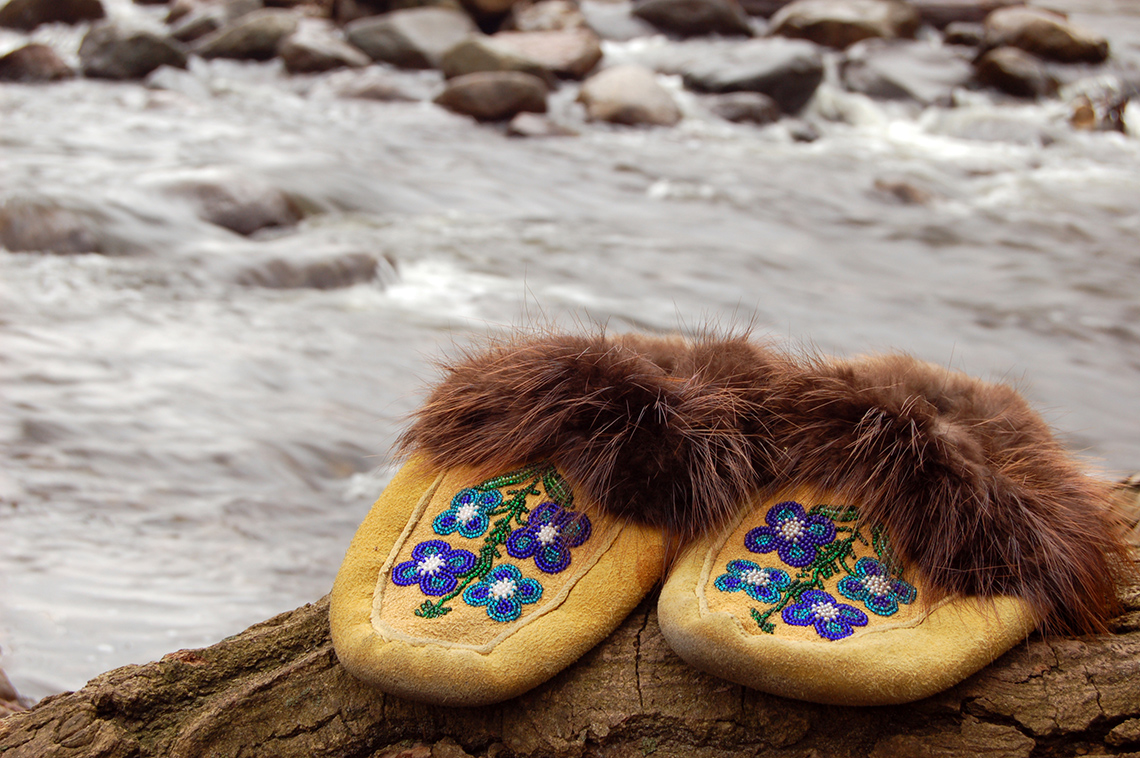
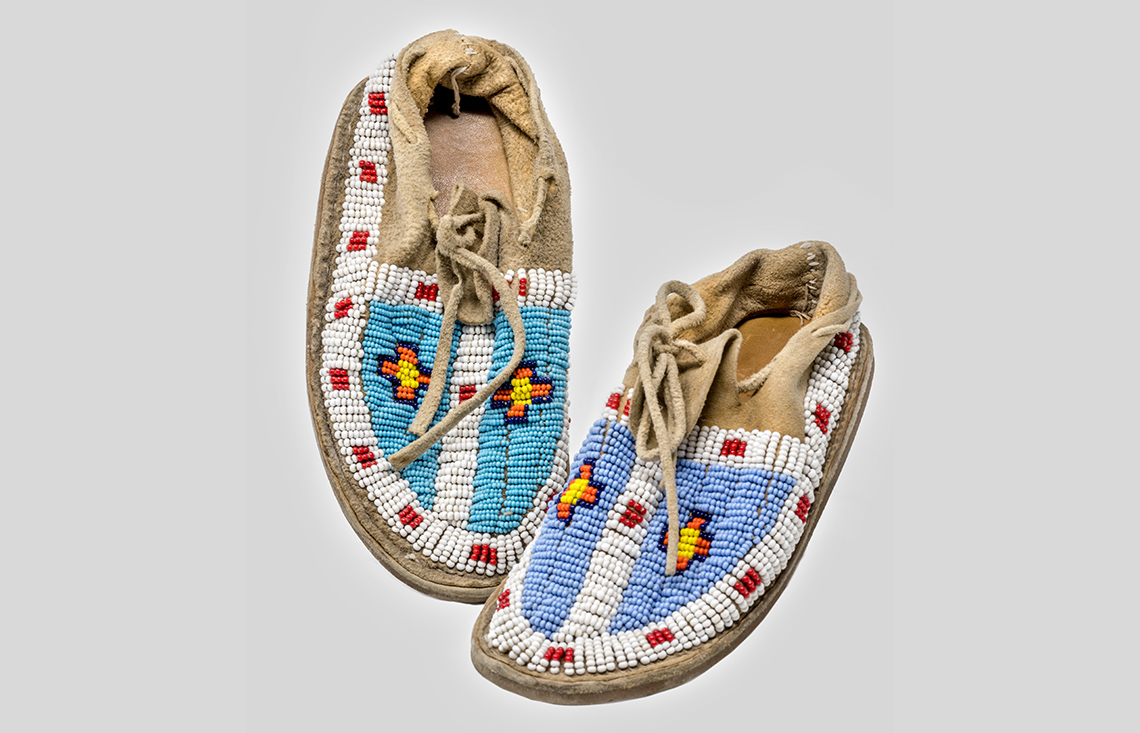
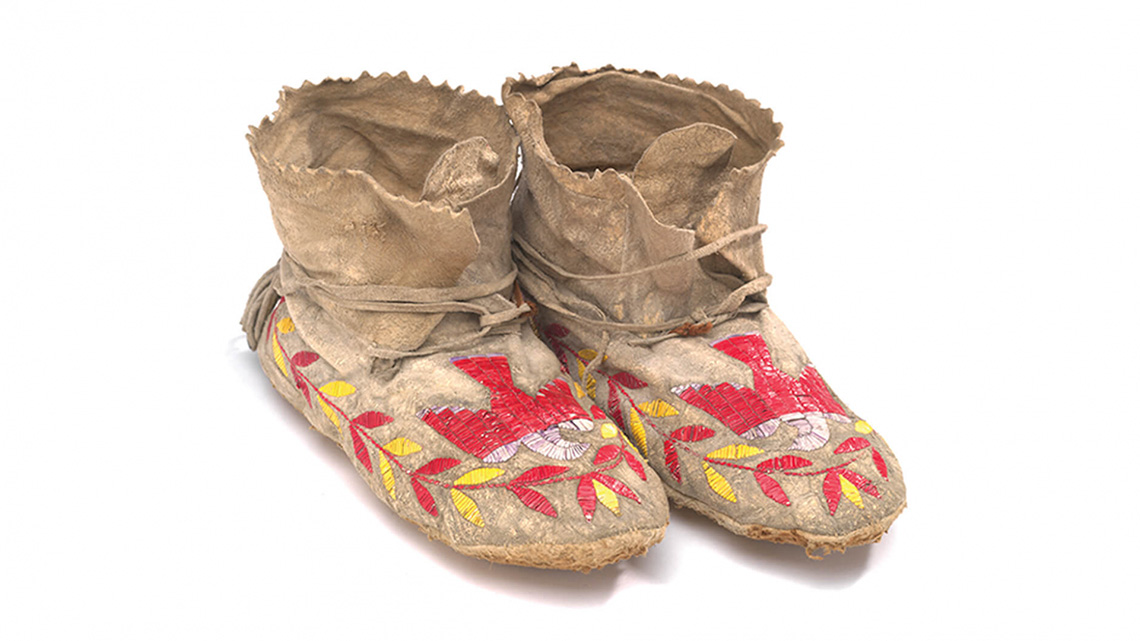
Baskets

Did you know that early baskets were made by Indigenous people using birch bark? They were sewn together with the roots of spruce trees.
Some nations used porcupine quills to decorate the baskets. Other nations used different types of barks of the trees that grew in their community.
These materials were chosen because they did not rot when wet. The roots could act as a long thread to fasten the basket together.
Birch bark is carefully cut from the tree in the late spring and early summer. This is the time of year when the bark is already loose and pulling away from the tree. This way the tree is not harmed. These baskets are still made today as beautiful pieces of art.
Pause and Reflect
Pause and reflect
What have you learned from the Indigenous communities making of moccasins and basket-making?
What might you teach a family member or friend about what you learned?
Fasten up!

There are many types of fasteners to hold different things together. Some fasteners are used on clothing. Others are used to keep an object (like a toy) together.
Canadian contributions
This learning activity features emerging technologies, STEM contributions, and Canadian innovations that are making a difference.

Test Your Skills
The Robertson screwdriver
Did you know that the Robertson screw and screwdriver were invented in Canada in 1908 to stop the screwdriver from slipping out of the screw?
Many people use this fastener in their woodworking projects today.
These screws and screw drivers became popular to put the parts of the first cars together. These cars were made by Ford Motor Company in Michigan, which is in the United States of America.
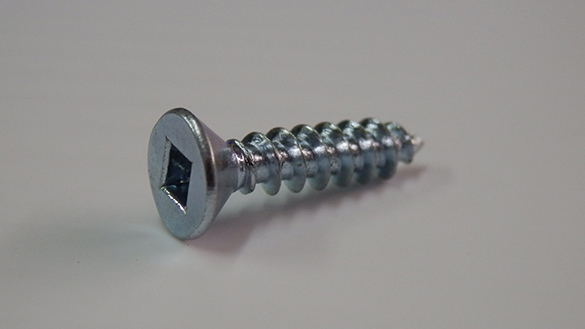
This screw, with its square head, goes with the Robertson screwdriver.
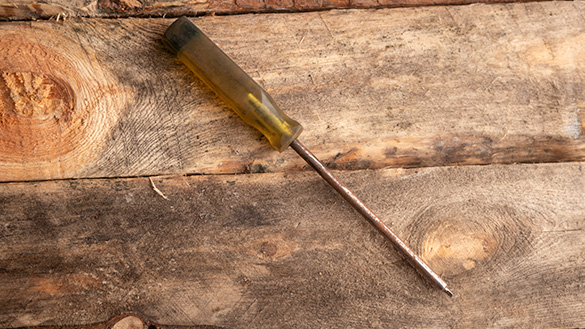
This is a Robertson Screwdriver.
Holding it together!
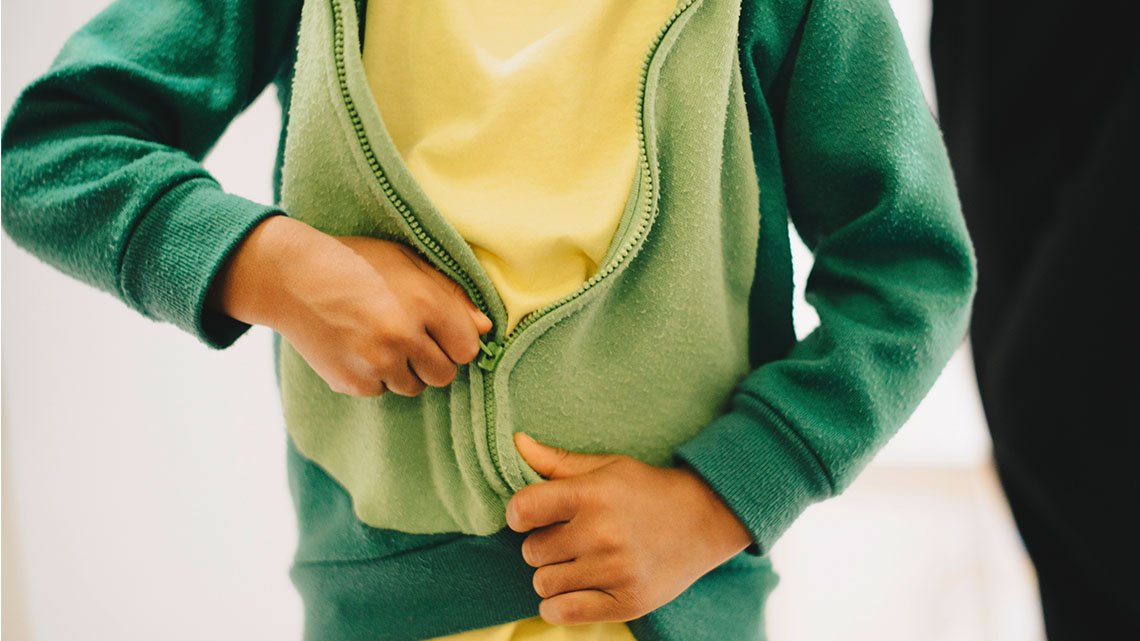
We use fasteners to hold different materials together to create an object.
Three objects
One student has chosen three objects that are made of many materials: a toy, a bike helmet, and a winter coat.
The question is… Which type of fasteners are used in each item?
Matching game!
For each object, select the corresponding type of fastener.
Design challenge!
You have explored many different fasteners and items to use for fasteners. You are going to design your own piece of clothing or toy using a fastener of your choice. (Note: you don’t actually have to make the item, just design it.)
Designing your item
Decide whether you want to make a piece of clothing or a toy.


Then you will have to figure out a plan!

When you plan something, you think about the steps you have to follow and the materials you will need.
Here is an example of an item you can design.

Complete the My Design activity in your notebook or use the following fillable and printable document. If you would like, you can use speech-to-text or audio recording tools to record your thoughts.
|
Materials I will use (examples: Plastic, wood, paper, cotton, wool, denim, birch bark, animal hide) |
|
|
Fastener I can use: buttons, snaps, thread, zipper, buckle, glue, screws, nails, roots from trees |
|
|
Drawing of my item |
Press the ‘Activity’ button to access My Design.
Consolidation
Observing our fasteners in my community

There are fasteners everywhere in your community!
Describe an item or structure nearby that you notice when you are able to go out exploring with an adult, from your window or in your home.
Answer these questions.
What is the object?
What materials are used in this object?
What are some fasteners that are used in it?
Example: A car

One student decided to explore a car, and filled in this table:
|
Exploring My Object |
||
|---|---|---|
|
Object |
Material |
Fasteners |
|
car |
rubber (the tire) glass (the windshield) metal (the door) |
thread (stitching on steering wheel) screws (on tire) |
Now you pick your object (big or small!) and create a drawing, use a computer, or create a recording of your own!
Reflection
How do you feel about what you have learned in this activity? Which of the next four sentences best matches how you are feeling about your learning? Press the button that is beside this sentence.
I feel…
Now, record your ideas about your feelings using a voice recorder, speech-to-text, or writing tool.